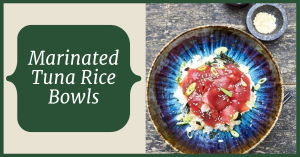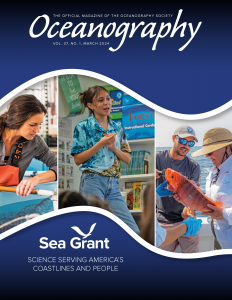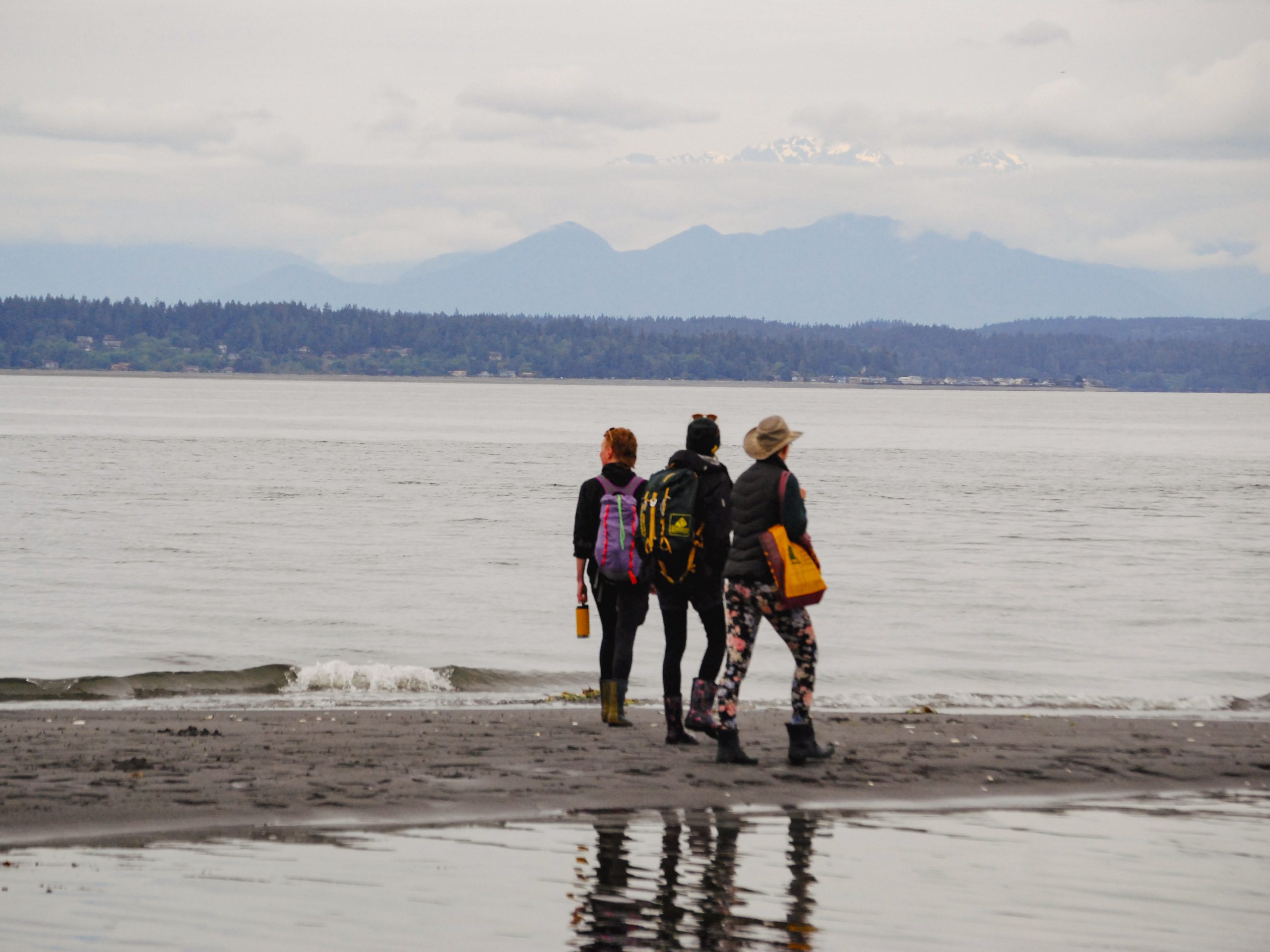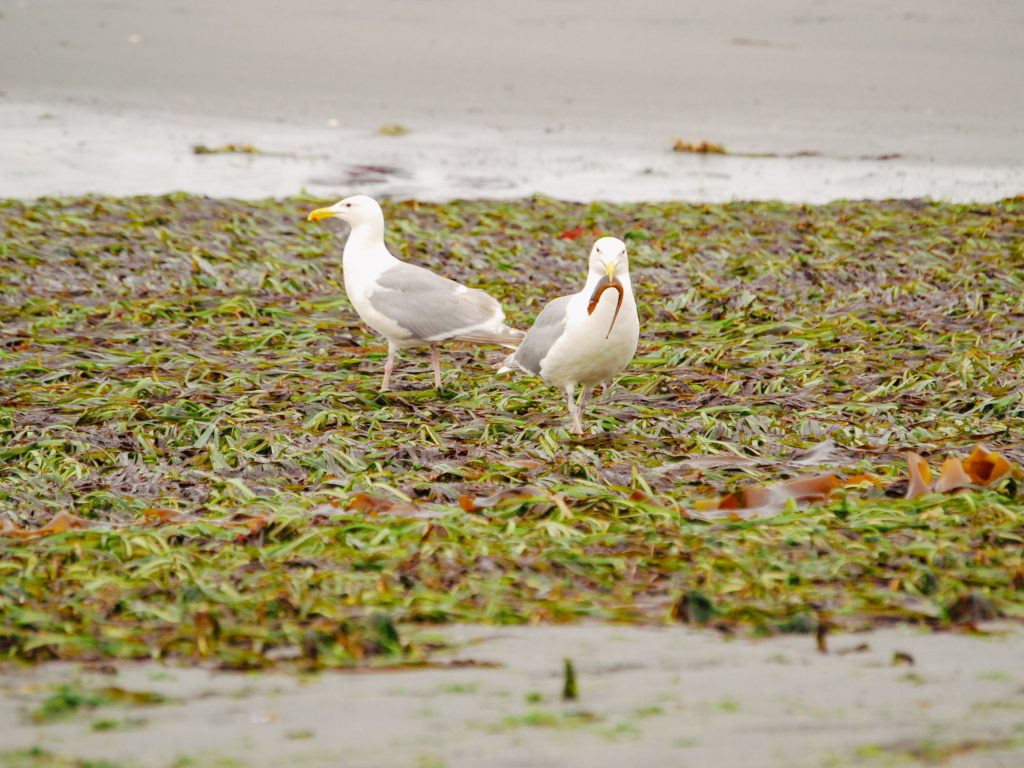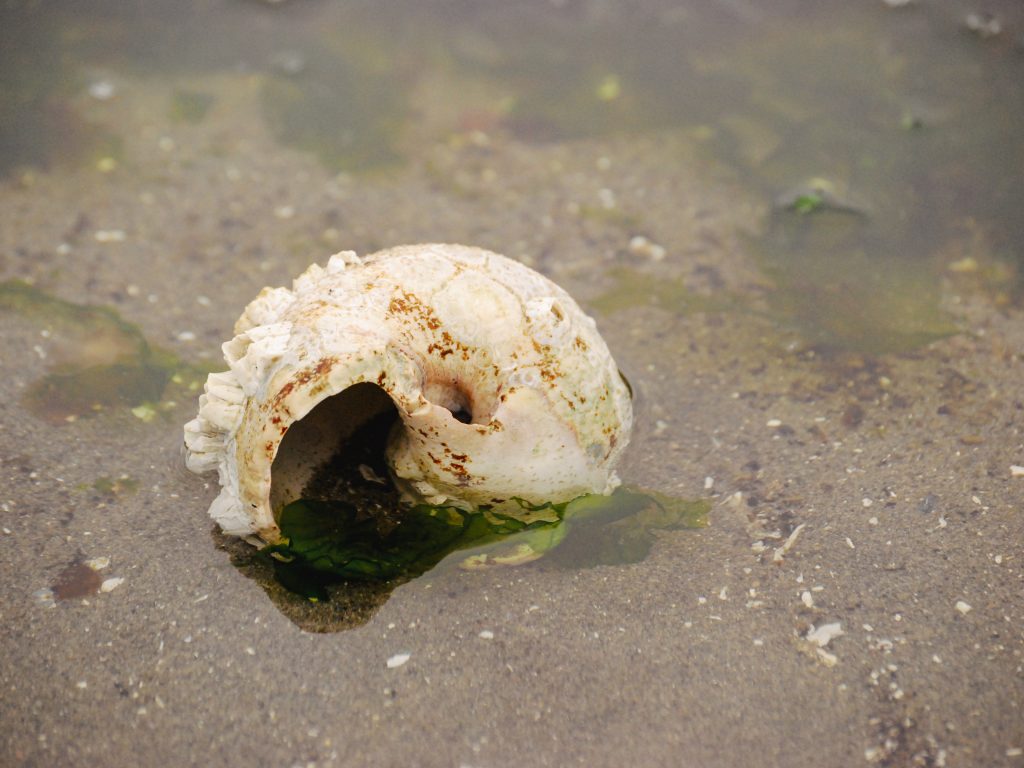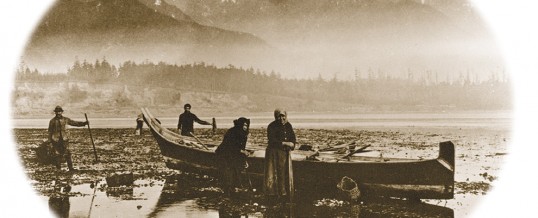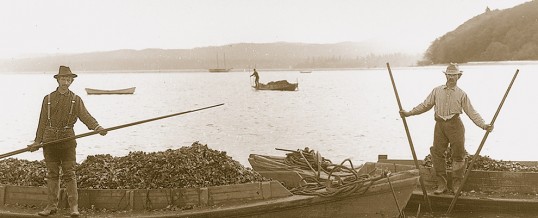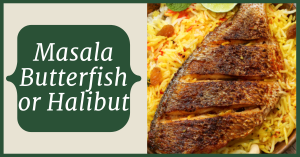
August 9, 2022
By Olivia Horwedel, WSG Science Communications Fellow
This week features a masala butterfish recipe from Seattle-based chef, Kausar Ahmed. Ahmed is the author of the award-winning cookbook, The Karachi Kitchen. This recipe showcases brilliant flavors from Pakistan that pair perfectly with any white meat fish, such as the locally-caught sablefish, or black cod, an underutilized and sustainable fish species of the Northwest.
Butterfish are known for their luscious and buttery texture. Butterfish species have nearly ⅓ more fat than Chinook salmon. This is also true of black cod, from the family Anoplopomatidae, that lives in the icy, deep waters of the Pacific Northwest. Black cod in particular are an incredibly sustainable species to consume! Not only are they managed very sustainably within the United States and Canada, but the populations of this species are quite abundant. Due to this species spending most of their time in deep waters, the main method used to fish is longlining, which effective for reducing bycatch. Longlining is more sustainable for surrounding organisms in deep-water ecosystems than other fishing strategies!
The recipe traditionally calls for cooking the whole fish, but if you have access only to a fillet, that will work great. Looking for a new weeknight recipe? Make sure to try this delicious and sustainable recipe featuring Pacific Northwest favorites!
Ingredients:
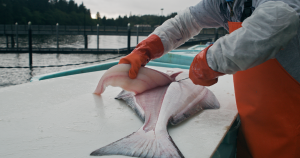
Harvester filleting Whole Halibut – Photo courtesy of Alaska Seafood
- 2 tablespoons kosher salt
- 5 pieces of pomfret (butterfish), black cod, or Halibut (whole or fillet)
- 4 tablespoons ginger paste
- 4 tablespoons garlic paste
- ½ teaspoon red chili powder
- ¼ teaspoon ground turmeric
- 1 teaspoon cumin seeds, toasted and coarsely ground
- 1 teaspoon ground coriander
- 1 teaspoon chaat masala
- 4 tablespoons lemon juice
- ½ cup chopped cilantro (plus more for garnish)
- ¼ cup mustard oil ( substitute with vegetable or canola)
Instructions:
- Using a sharp knife, make 2-3 diagonal slashes to the fish, scoring at about 1.5 inches apart
- Rub salt on the fish, and rinse off (takes away fishy smell). Pat dry and keep aside
- In a small bowl, mix ginger, garlic, chili, turmeric, cumin, coriander, chaat masala, lemon juice, and ½ cup cilantro
- Heat oil in a pan on medium heat. Add 1-2 pieces of fish at a time, frying each side for 3-4 minutes or until it turns golden brown and slightly crispy. Transfer to a serving platter, garnish with remaining cilantro and serve hot with rice or naan.
Recipe and photo courtesy of Chef Kausar Ahmed and Karachi Kitchen.
###
Washington Sea Grant, based at the University of Washington, helps people and marine life thrive through research, technical expertise and education supporting the responsible use and conservation of coastal ecosystems. Washington Sea Grant is one of 34 Sea Grant programs supported by the National Oceanic and Atmospheric Administration in coastal and Great Lakes states that encourage the wise stewardship of our marine resources through research, education, outreach and technology transfer.
Join the conversation: instagram.com/waseagrant and Facebook.com/WaSeaGrant.
